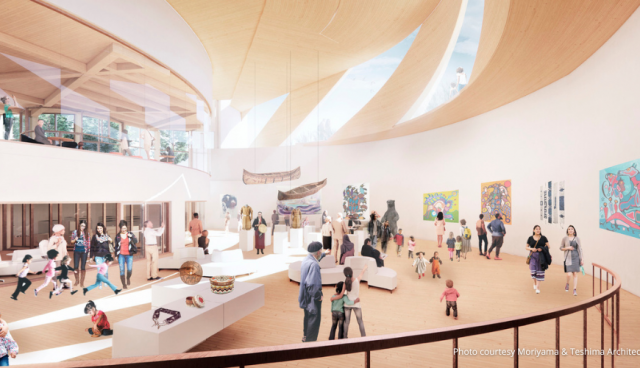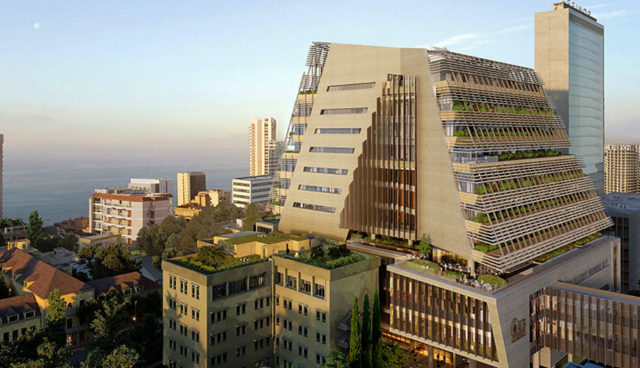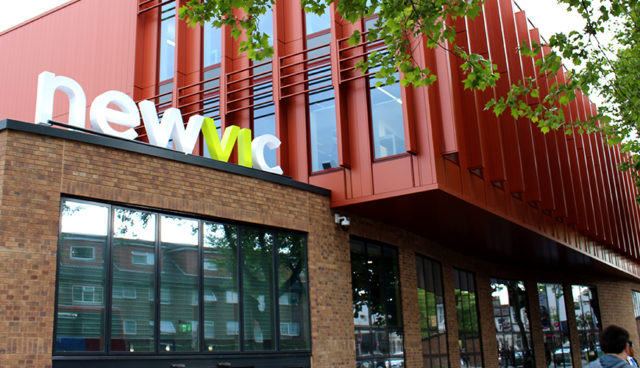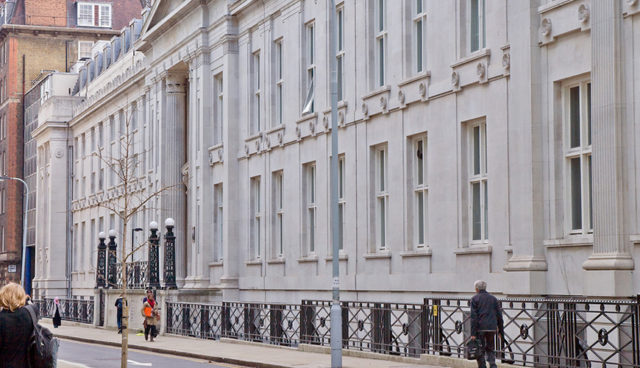Mansfield College Oxford | The Hands Building
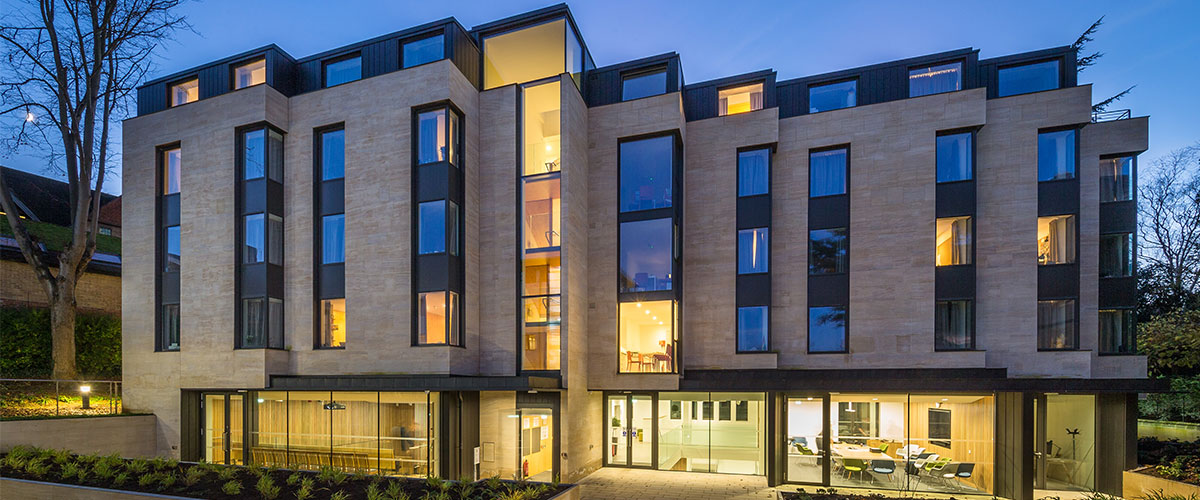
This project consisted of a new build development providing 73 en-suite student bedrooms with common rooms, offices and study areas for the Bonavero Institute of Human Rights. In addition, a 160 seat auditorium was incorporated for lectures and seminars, as a cinema, a moot court and a performing arts space.
The building used a traditional stone façade in keeping with the existing historical buildings at Mansfield College and has been designed to meet the strict planning requirements of Oxford City Council.
Elementa Consulting provided energy modelling services, building services design and energy strategy advice for the development as well as monitoring services of the mechanical, electrical and public health services installation on behalf of the College during construction.
Oxford City Council planning requirements dictated a maximum height of the building in keeping with surrounding buildings and targeted a National Resource Impact Assessment (NRIA) score of 11 (out of 11) for the building. These requirements along with the introduction of cross laminated timber (CLT) construction and plant areas below ground level threw up a number of interesting challenges for the services design.
Working closely with Rick Mather Architects and other members of the design team, and through the use of regular workshops, collaborative information exchange and careful co-ordination, Elementa Consulting have developed the services design such that available space is used efficiently whilst the services retain a level of flexibility in use where appropriate.
Through modelling of the complete building, Elementa Consulting informed the design of the building envelope such that it is thermally efficient and have developed the services design to be energy efficient whilst providing a pleasant environment for study and living. The building is designed to achieve an EPC rating of “B”, benefitting from the incorporation of air source heat pumps and a combined heat and power generator.
These renewable energy sources provide 40% of the building’s energy requirements. Along with the use of natural ventilation techniques wherever possible, generally via openable windows and wall louvres, and high efficiency mechanical ventilation (incorporating heat recovery) only where absolutely necessary, the services design significantly contributes to the maximum score of 11 available under the NRIA.
The project has been a great example of collaboration between the client, design team and contractor to ensure efficiency in design construction and ultimately operation.

